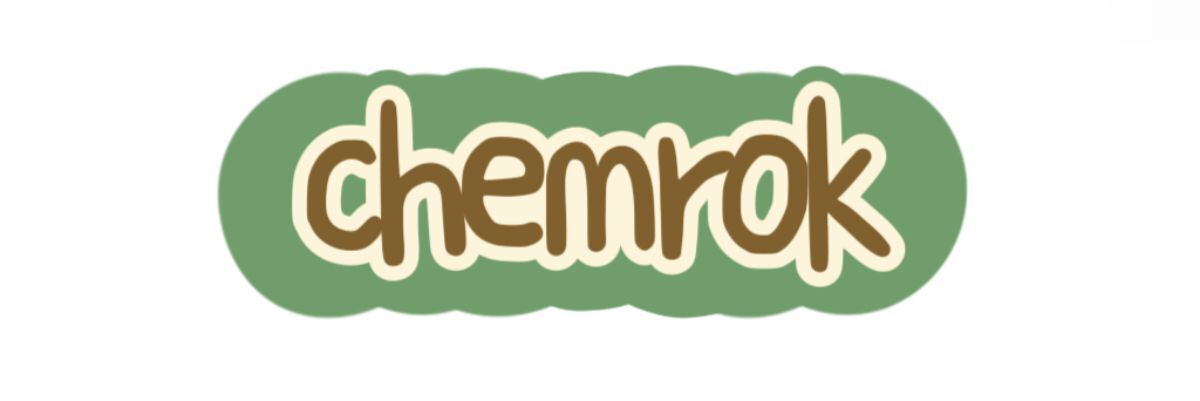how is stevia made
Stevia, a popular natural sweetener, has rapidly gained attention as a healthier alternative to sugar. Its origin lies in the leaves of the Stevia rebaudiana plant, which is native to South America. So, how is stevia made? The process involves several steps that transform the plant's leaves into the sweet form we find in our favorite products today.
The company is the world’s best how is stevia made supplier. We are your one-stop shop for all needs. Our staff are highly-specialized and will help you find the product you need.
Harvesting the Stevia Leaves
The first step in understanding how stevia is made begins with the harvesting of the leaves. Here’s a breakdown of this process:
- Cultivation: Stevia plants are grown in warm climates, preferably in well-drained, nutrient-rich soil. They require a moderate amount of rainfall and sunlight.
- Timing: The best time to harvest stevia leaves is just before the plant begins to flower when they are at their sweetest.
- Manual Harvesting: Farmers typically hand-pick the leaves, ensuring that only the best parts of the plant are collected.
Drying and Preparing the Leaves
Once the leaves are harvested, they undergo a drying process, which is crucial for proper extraction.
- Washing: The leaves are thoroughly washed to remove any dirt, pesticides, or impurities.
- Drying: They are then spread out in a clean, ventilated area to dry. This can take a few days, and methods vary from air drying to using dehydrators.
- Grinding: Once dried, the leaves can be ground into a powder, resulting in a natural stevia leaf powder that retains most of its sweetness.
Sweetness Extraction Process
Now that the leaves are prepared, it’s time to extract the sweet compounds, called steviol glycosides, which are responsible for stevia's sweetness. Here’s how this extraction takes place:
Water Extraction: The dried leaves are steeped in hot water to dissolve the steviol glycosides. This process effectively captures the sweetness while discarding the leaf fiber and impurities.
Filtration: The mixture is filtered to remove leftover plant material, leaving behind a liquid enriched with the sweet compounds.
Concentration: The filtered liquid is then concentrated through evaporation to create a syrup or extract. This syrup can be further purified.
Purification: For commercial production, additional purification steps involve using activated charcoal or resin to remove any remaining impurities and to enhance the extract's flavor profile.
Forms of Stevia Products
There are different forms in which stevia can be consumed, depending on personal preferences and applications. Popular forms include:
- Stevia Leaf Powder: Whole ground stevia leaves, often used for cooking and baking.
- Liquid Stevia Extract: Concentrated liquid form that can be easily added to beverages.
- Granulated Stevia: Powders that can mimic the texture and sweetness of sugar, perfect for direct sugar substitutes.
Common Confusions Around Stevia Production
Many consumers have questions about the process of how stevia is made. Here are some common points of confusion, along with solutions:
Are all stevia products the same?
No, the quality and sweetness level can vary. Read labels carefully to ensure you’re choosing pure stevia extract with minimal additives.Is stevia safe?
Yes, stevia is generally considered safe for consumption. However, it's wise to consult with a healthcare provider if you have any health conditions or concerns.Can stevia replace sugar in all recipes?
Stevia is much sweeter than sugar, so you generally need less of it. Look for conversion charts to determine the correct amount when substituting in recipes.
Conclusion
Understanding how stevia is made helps consumers appreciate the effort that goes into creating this natural sweetener. From careful cultivation to meticulous extraction processes, the production of stevia highlights both agricultural skill and a commitment to healthy alternatives. Whether you're using it in your beverages, baking, or cooking, stevia provides a way to reduce sugar intake without sacrificing sweetness. Choose quality products, experiment with different forms of stevia, and enjoy the benefits of this remarkable natural sweetener! If you love learning about health and nutrition, consider subscribing to our blog for more insights and recipes!
For more vanillin uses in pharmaceuticalsinformation, please contact us. We will provide professional answers.
- Previous: how to use thymol crystals
- Next: None

